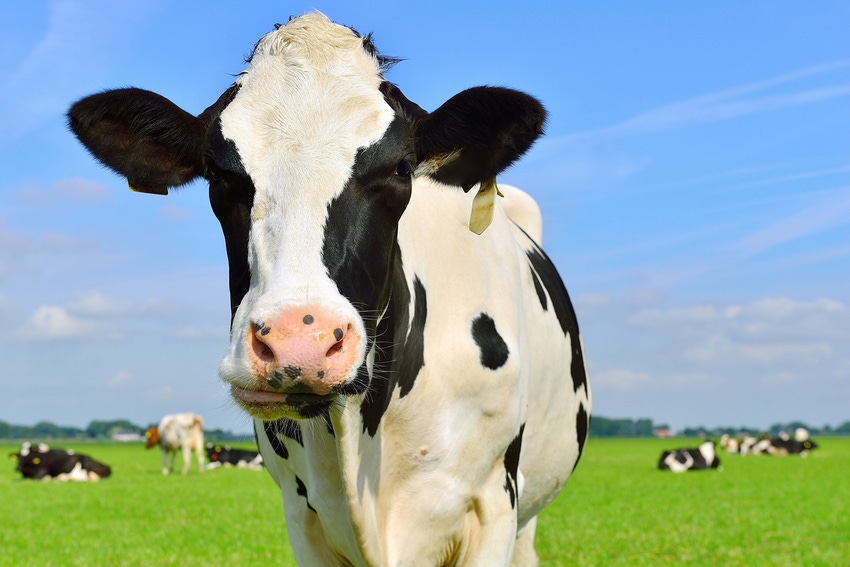Killed vaccines enhance cows' immune response from modified-live virus vaccines.
May 8, 2019

Choosing the right vaccination program for cows is a fundamental aspect of the health and profitability of any dairy operation. Incorporating killed vaccines during mid- to late gestation has been shown to be beneficial for both the cow and her future calf, in addition to using modified-live virus (MLV) vaccines prior to breeding, according to an announcement from Boehringer Ingelheim.
“Killed vaccines do a really good job of boosting an animal's pre-existing immune response from an MLV vaccine program,” said Dr. Chris Chase, a professor with the department of veterinary and biomedical sciences at South Dakota State University.
“When timed correctly and under the guidance of a herd veterinarian, using MLV and killed vaccines in a herd health protocol can help further reduce respiratory and reproductive diseases as well as improve profitability,” added Dr. Linda Tikofsky, senior associate director of dairy professional veterinary services with Boehringer Ingelheim.
The recommendation for cows is to administer an MLV vaccine pre-breeding at around 30-40 days in milk. Ideally, dairy replacement heifers should receive a minimum of three MLV vaccines, with the third dose given 30 days prior to breeding.
According to Tikofsky and Chase, giving cows a killed vaccine during mid- to late gestation offers five main benefits:
1. It's safe to use for all ages and stages. Killed vaccines are safe for pregnant cows, regardless of their vaccination history. “If the health and vaccination history of a pregnant female is unknown, do not use MLV vaccines, since a cow that has not been previously immunized with an MLV vaccine may abort,” Tikofsky said.
2. There's no reversion to virulence. Reversion to virulence means a vaccine has the potential to cause disease in immunosuppressed animals. Although the risk is extremely low, MLV vaccines do carry this risk.
3. It's stable during storage and handling. Killed vaccines offer a long storage life and are also ready to use, with no mixing required.
4. It fortifies colostrum. “Giving a killed vaccine at dry-off can boost colostral antibody levels,” Chase said. “If the colostrum is managed correctly, we can provide additional protective respiratory immunity for the calf.”
5. Using killed and MLV vaccines together creates a positive synergy. Research has shown that MLV and killed vaccines can enhance one another when used in herd health protocols. Giving a killed vaccine in late gestation followed by an MLV vaccine at 30-40 days in milk pre-breeding may help improve breeding efficiency.
Killed vaccines also offer a longer duration of protection than may have been originally thought, the announcement said.
“The quality of adjuvants has greatly improved in killed vaccines, which changes the character of the immune response animals have,” Chase explained. “Rather than being short-lived, killed vaccines now last much longer. A recent study has shown a solid 12 months of protection from killed vaccines, whereas before they were thought to only last three to four months.”
“If you decide to incorporate a killed vaccine into your protocol, make sure the one you choose provides proven protection against bovine viral diarrhea virus types 1 and 2, infectious bovine rhinotracheitis, bovine respiratory syncytial virus and parainfluenza-3,” Tikofsky said.
Tikofsky and Chase encourage producers to work with their veterinarians for guidance on developing a vaccination program tailored to fit the needs of a particular herd.
You May Also Like

.png?width=300&auto=webp&quality=80&disable=upscale)

